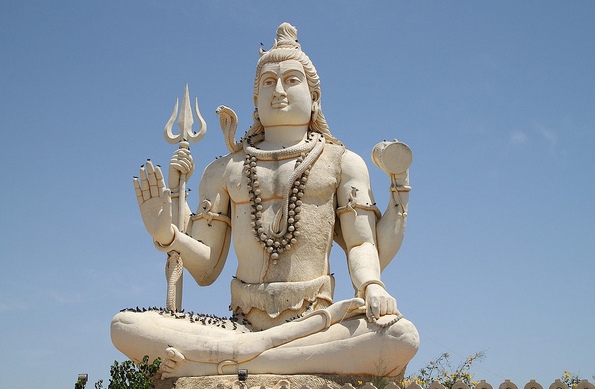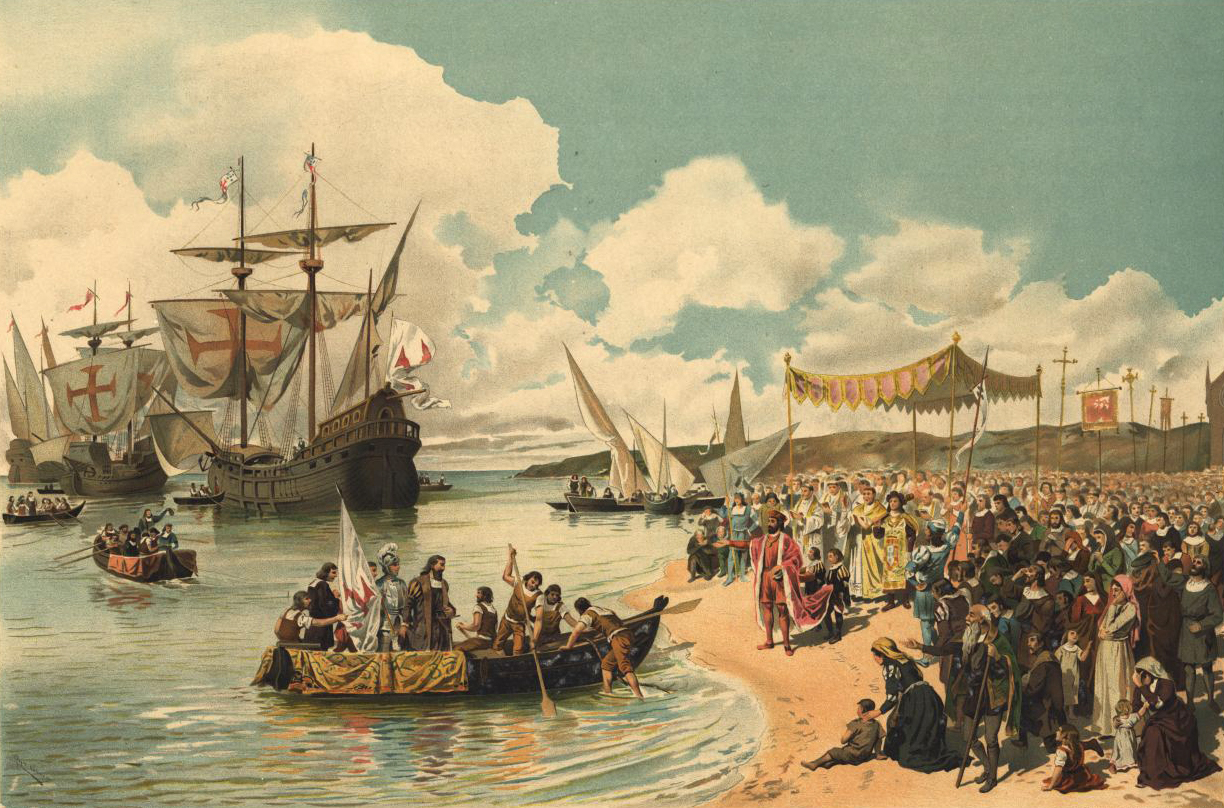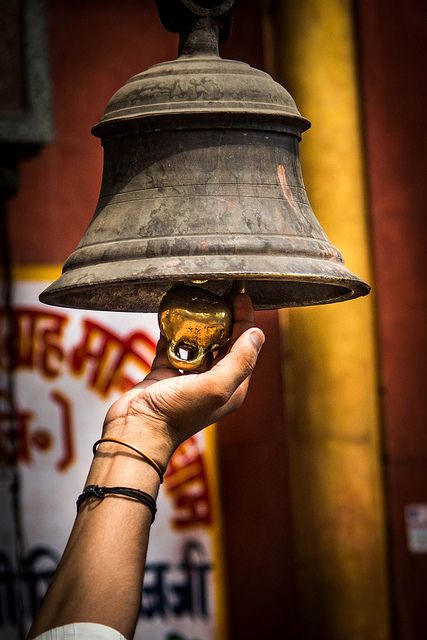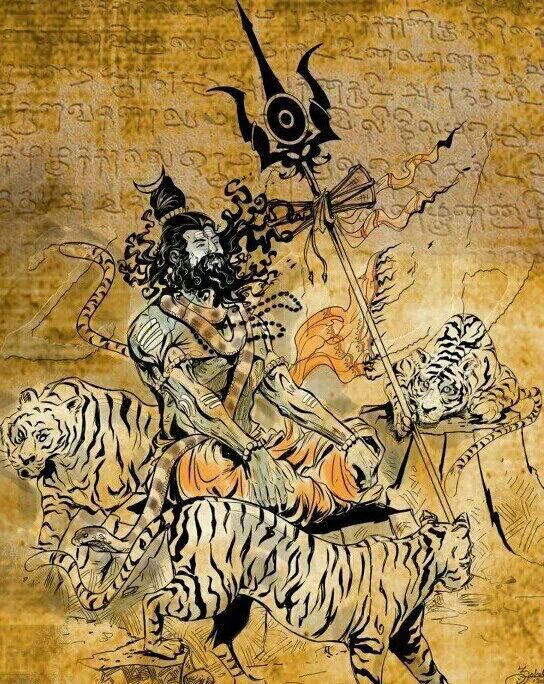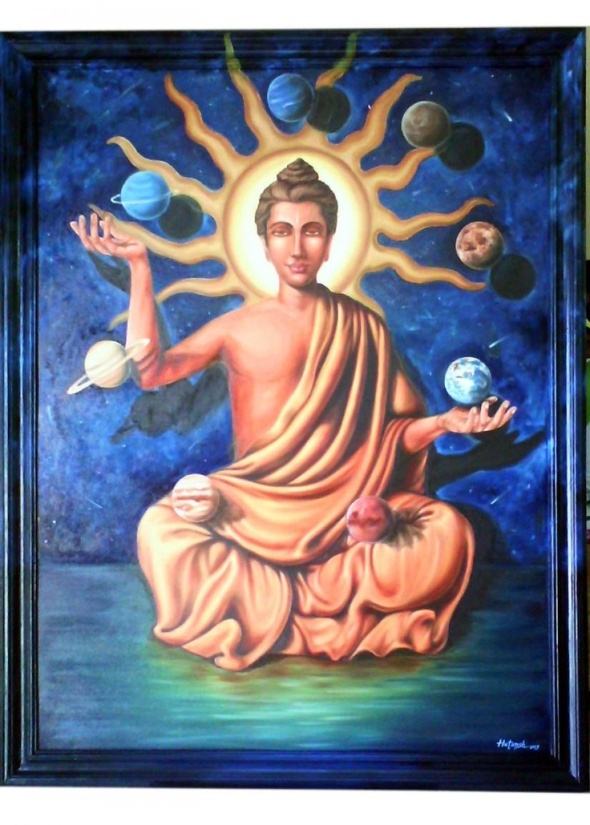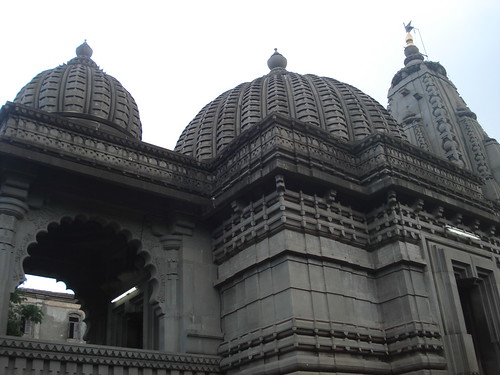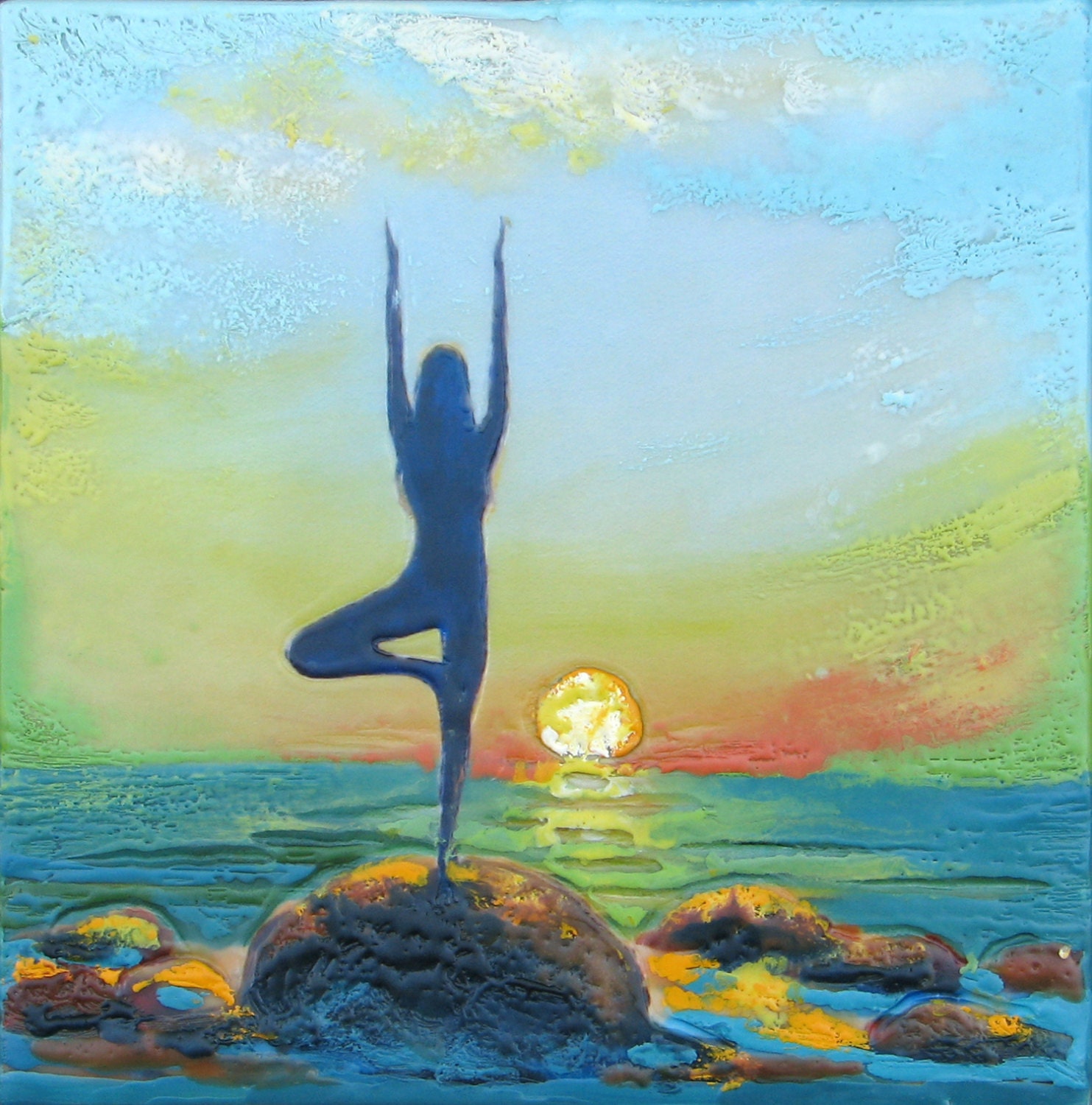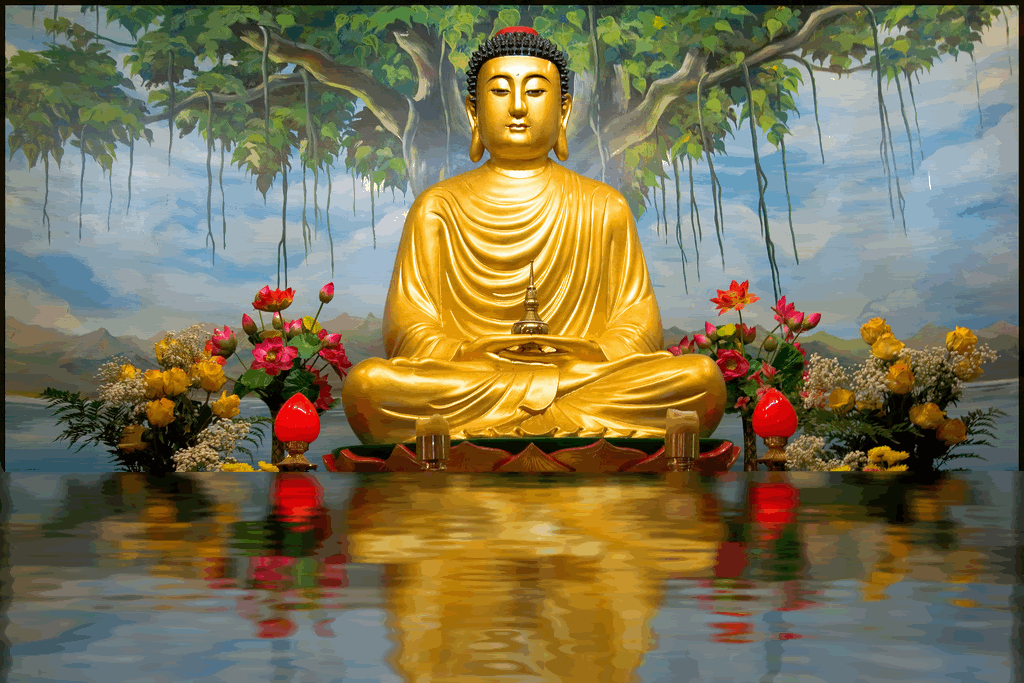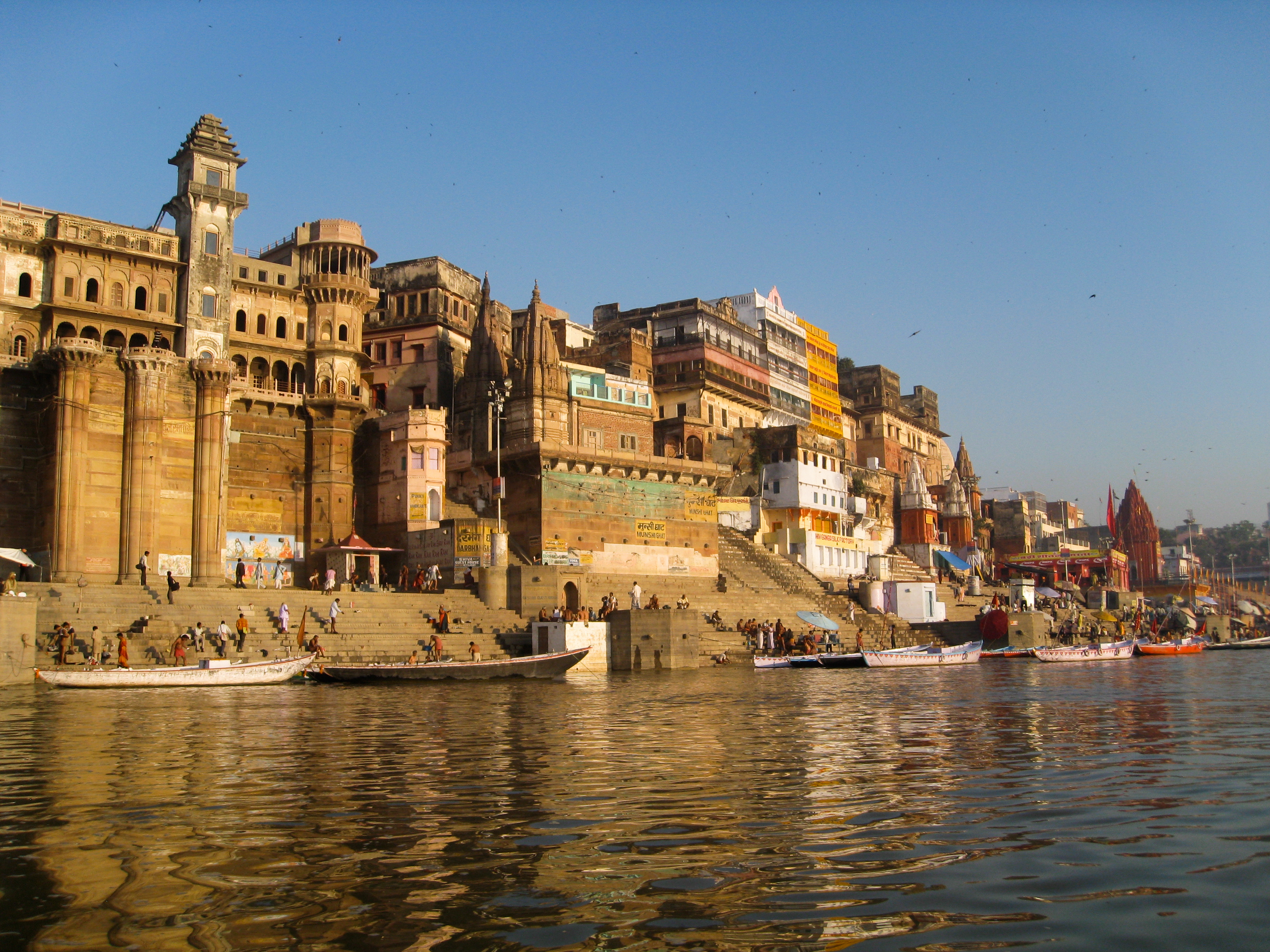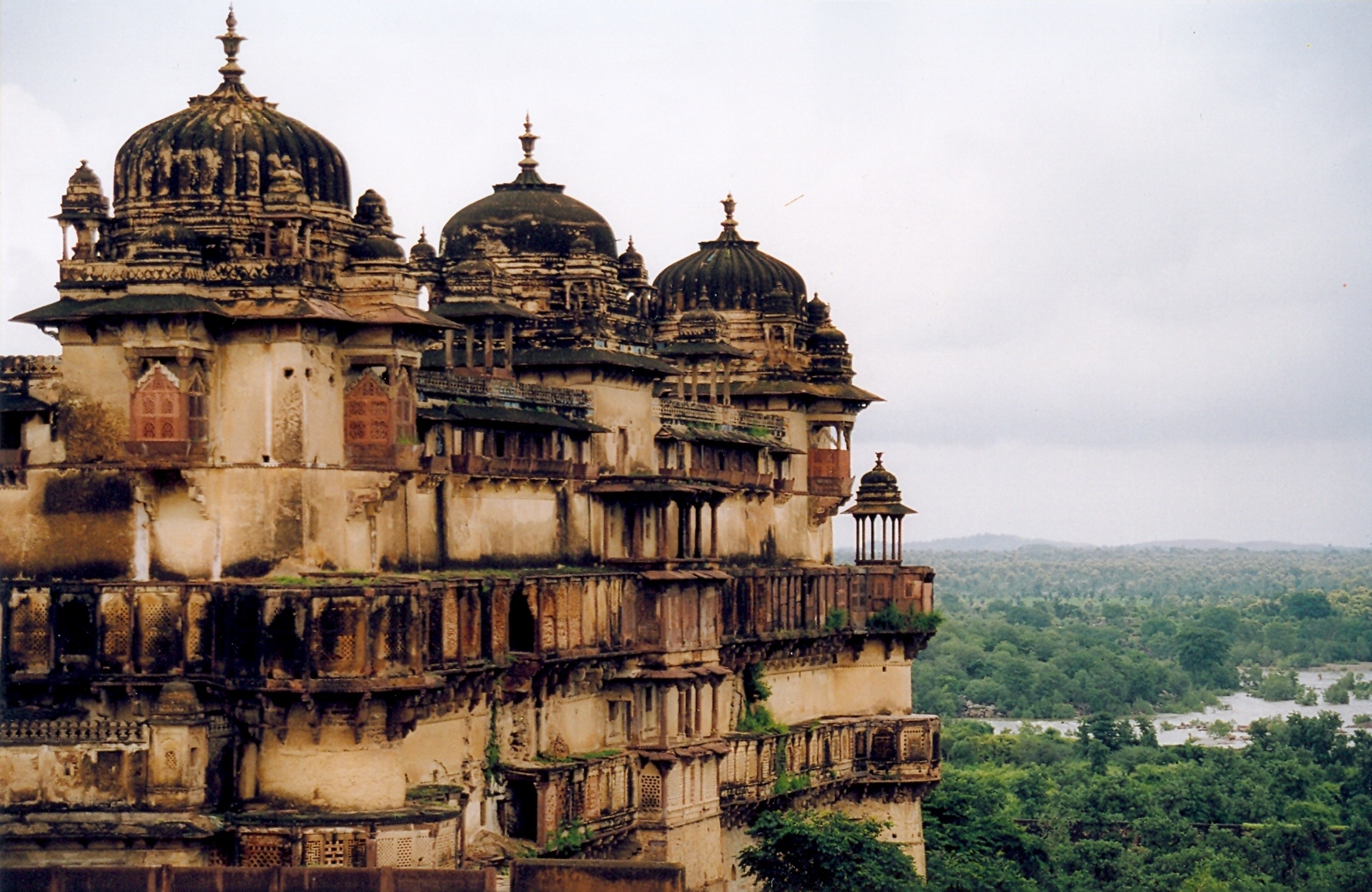The Midbrain, is a small region of the brain that serves as a relay center for visual, auditory, and motor system information. Mid brain is the part of brain which has got special command over both hemisphere of brain located highest side of brain stream. Mid brain is the part of brain which has got special command over both hemisphere of brain located highest side of brain stream. By activating or stimulating mid brain we get some balance between right and left brain which enable child to live balance life with great sensory enhancement resulting to superb concentration, speedy reading and photogenic memory.
Yoga Benefits Memory and Concentration
Yoga helps to Blood circulation to the brain is improved and stress is reduced. This allows for better concentration, improved focus, and more motivation. A person will keep a sharper focus on tasks as they focus their attention on maintaining a structured breathing along with yoga poses. As the person concentrates intently on what the body is doing, while watching how they breathe and disengage from their thoughts, the mind will become more calm. This may also help to alleviate some depression. Being more calm will also aid in sleep and overall relaxation.
1.With The Help Of Brain Exercise Production Of New Brain Cells Are Provoked And Increases Our Brain Volume Sin Key Ares.
Brain Exercise Help To Reduce Risks And Effects Of Many Conditions Which Can Contribute To Some Diseased Like, Heart Disease And Stroke.
Brain Exercise Helps Your Body To Control Weight And Also Control Cholesterol And Blood Pressure.
When We Are Doing Regular Brain Exercise We Can Improve Balance, Which Prevents Falls, A Major Cause Of Brain Injury In Elders.
By Doing Brain Exercise You Can Promote Good Sleep, Which Is Associated With Good Brain Health.
Brain Exercise Could Help To Avoid Stress.


 .
.
